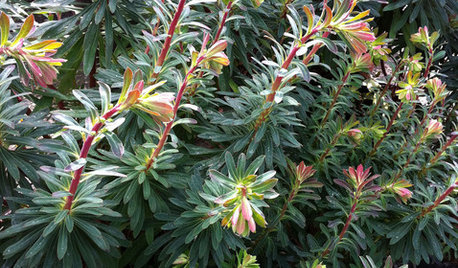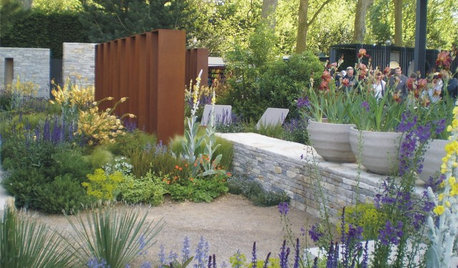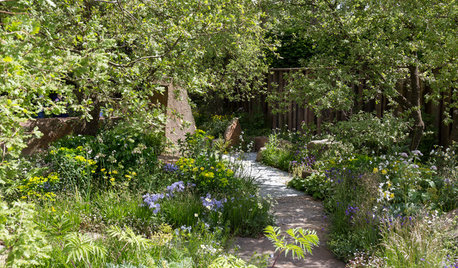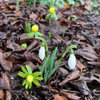Euphorbia amygdaloides 'Purpurea' and Euphorbia Blackbird
garry_z7_md
15 years ago
Related Stories

GARDENING GUIDESGreat Design Plant: Euphorbia
The daring colors and low water needs of this tropical plant make it a favorite for injecting life into tired landscapes year-round
Full Story
GARDENING GUIDES9 Self-Seeders Capture Chelsea Flower Show Magic
Give your garden show-worthy style with these plants beloved by top designers
Full Story
TASTEMAKERSWild Countryside Evoked in a Garden of Memories
For the Chelsea Flower Show, a designer taps into his experience of Exmoor, England, to create a garden that is powerfully personal
Full Story







coolplantsguy
gardengal48 (PNW Z8/9)
Related Professionals
Allentown Landscape Architects & Landscape Designers · Stoughton Landscape Contractors · Surprise Landscape Contractors · Alpharetta Landscape Contractors · El Mirage Landscape Contractors · El Segundo Landscape Contractors · Huntley Landscape Contractors · Hurricane Landscape Contractors · Middleton Landscape Contractors · Middletown Landscape Contractors · North Chicago Landscape Contractors · Pleasant Hill Landscape Contractors · Salem Landscape Contractors · West Haverstraw Landscape Contractors · Casselberry Landscape Contractorsgarry_z7a_md
coolplantsguy
gardengal48 (PNW Z8/9)
garry_z7a_md